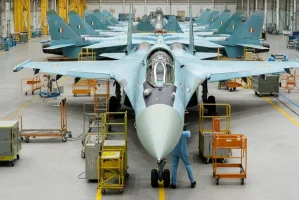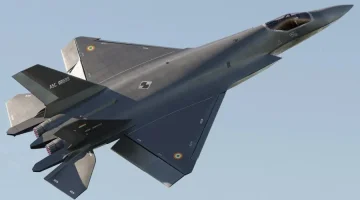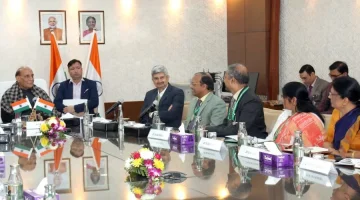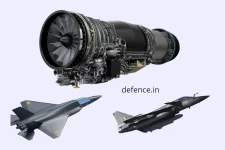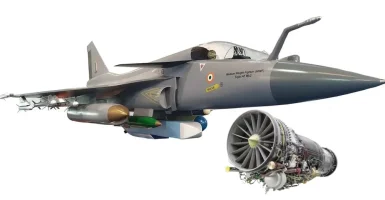- Views: 3K
- Replies: 13
To fast-track the development of a critical component for India's next-generation fighter jet, top-level discussions are underway to place the indigenous engine program for the Advanced Medium Combat Aircraft (AMCA) under the direct supervision of the Prime Minister’s Office (PMO).
According to sources, the government is considering elevating the engine project to the status of a "National Mission," signalling its immense strategic importance for the nation's long-term defence preparedness and technological self-reliance.
The AMCA is an ambitious Indian program to design and build a fifth-generation stealth aircraft, placing India in a select group of nations with such capabilities.
The aircraft's development, managed by the Aeronautical Development Agency (ADA), is proceeding in two stages.
The initial version, or AMCA Mk1, recently received approval from the Cabinet Committee on Security (CCS) to build five prototypes, which will be powered by the American GE F414 engine, a proven 98 kilonewton (kN) class engine.
However, the advanced AMCA Mk2 variant, envisioned as a true 5.5-generation fighter, is dependent on the successful creation of a more powerful, domestically produced engine.
Developing a state-of-the-art fighter engine is a highly complex and time-consuming endeavour. To prevent potential delays and navigate the technological challenges, placing the project under PMO oversight is being strongly considered.
This model has been successfully used in the past to accelerate other high-priority strategic programs, including the development of the 'K' family of submarine-launched ballistic missiles and India's nuclear-powered ballistic missile submarine (SSBN) fleet. Such a structure is known to ensure dedicated funding, streamlined inter-agency coordination, and rapid decision-making.
A primary goal of this high-level oversight would be to bypass bureaucratic hurdles and ensure that the chosen international partner fully commits to India's objectives.
Negotiations are in advanced stages with global aerospace leaders like Safran of France, Rolls-Royce of the UK, and GE Aerospace of the United States to co-develop the engine.
Direct PMO involvement would provide the necessary leverage to guarantee a complete transfer of technology (ToT) and establish a robust local manufacturing ecosystem, a key aim of India's 'Make in India' initiative in the defence sector.
The proposed indigenous engine is expected to be in the 110-120 kN thrust class and will incorporate cutting-edge technologies.
These features include supercruise capability, allowing for sustained supersonic flight without the use of fuel-guzzling afterburners, and stealth-compatible serrated nozzles to reduce the aircraft's heat signature.
It will also feature a Full Authority Digital Engine Control (FADEC) system for optimal performance.
The successful development of this engine will not only equip future AMCA fighters but could also be adapted to upgrade other aircraft in the Indian Air Force's inventory, securing India's air superiority for decades to come.

